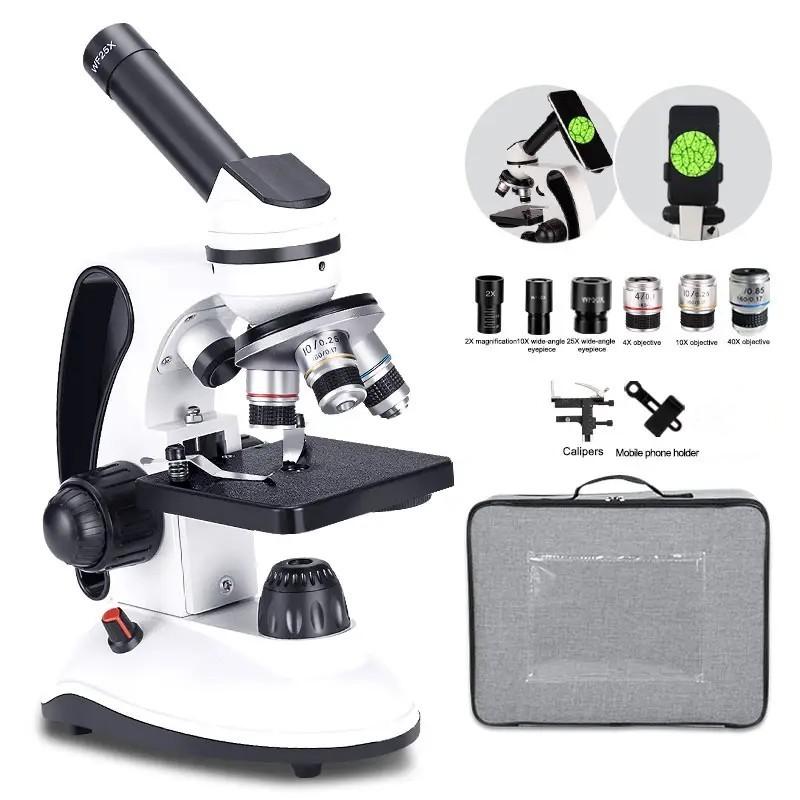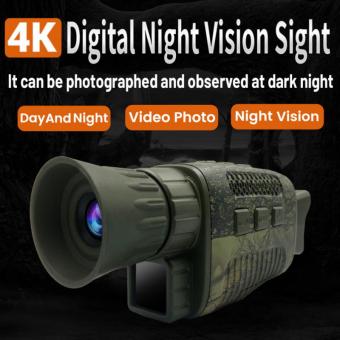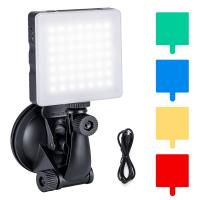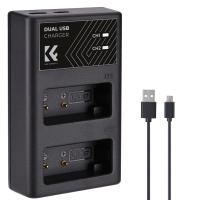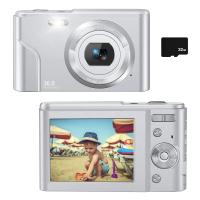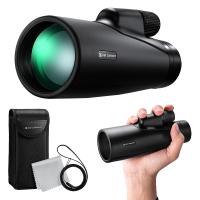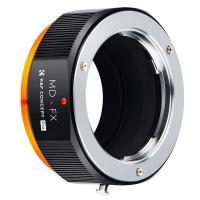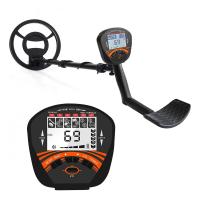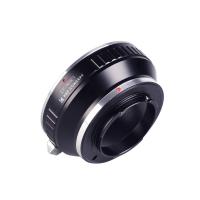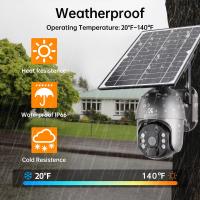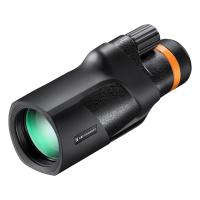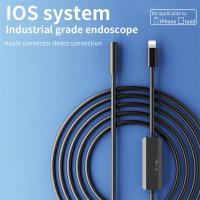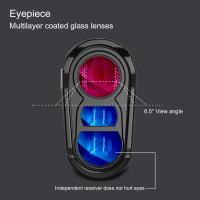What Is The Best Magnification For A Monocular ?
The best magnification for a monocular depends on the intended use and personal preference. Common magnification ranges for monoculars are between 8x and 12x. Lower magnifications, such as 8x, provide a wider field of view and are suitable for general observation purposes. Higher magnifications, such as 12x, offer more detailed views but may have a narrower field of view and can be more challenging to stabilize. It is important to consider factors like the stability of the monocular, the user's ability to hold it steady, and the desired level of detail when choosing the best magnification for a monocular.
1、 Optical magnification range for monoculars
The best magnification for a monocular depends on the intended use and personal preferences of the user. Monoculars are optical devices that provide a single eyepiece for viewing distant objects. They are commonly used for activities such as bird watching, hunting, hiking, and even stargazing.
The optical magnification range for monoculars can vary widely, typically ranging from 6x to 12x or even higher. A lower magnification, such as 6x or 8x, provides a wider field of view, making it easier to locate and track moving objects. This can be beneficial for activities like bird watching or hunting, where quick target acquisition is important. On the other hand, a higher magnification, such as 10x or 12x, offers a closer view of the subject, allowing for more detailed observations. This can be advantageous for stargazing or observing distant wildlife.
It is important to note that higher magnification also comes with some drawbacks. As the magnification increases, the field of view narrows, making it more challenging to locate and track objects. Additionally, higher magnification can amplify hand movements, resulting in a shakier image. Therefore, it is crucial to consider factors such as stability, lighting conditions, and personal comfort when selecting the best magnification for a monocular.
In recent years, there has been a growing trend towards monoculars with higher magnification capabilities. Advancements in lens technology and image stabilization systems have allowed for the development of monoculars with magnifications exceeding 12x. However, it is important to keep in mind that higher magnification does not always equate to better image quality. Factors such as lens quality, coatings, and overall optical design play a significant role in determining the clarity and brightness of the image.
Ultimately, the best magnification for a monocular is subjective and depends on the specific needs and preferences of the user. It is recommended to try out different magnifications and consider factors such as intended use, comfort, and image stability before making a decision.
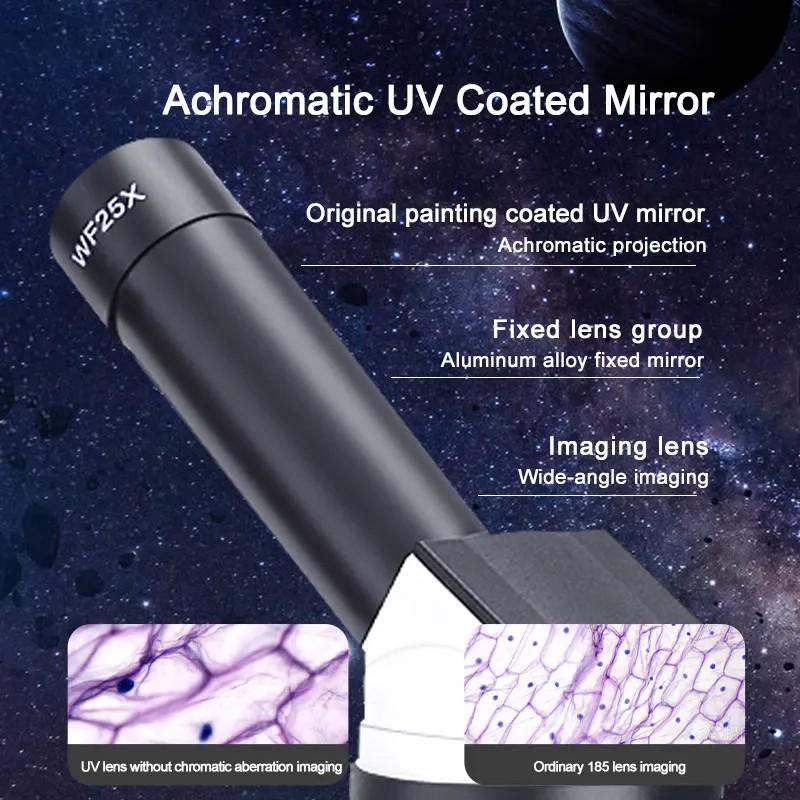
2、 Factors influencing optimal magnification in monoculars
The optimal magnification for a monocular depends on several factors. One of the key factors is the intended use of the monocular. Different activities require different levels of magnification. For example, if you are using a monocular for bird watching or wildlife observation, a magnification of 8x to 10x is generally recommended. This allows for a good balance between magnification and field of view, making it easier to locate and track objects.
Another factor to consider is the stability of the monocular. Higher magnifications can amplify hand movements and make it difficult to maintain a steady image. Therefore, if you plan to use the monocular without a tripod or other stabilizing device, a lower magnification, such as 8x, may be more suitable.
The size and weight of the monocular also play a role in determining the optimal magnification. Higher magnifications often result in larger and heavier monoculars, which may not be practical for certain activities where portability is important.
Additionally, the quality of the optics in the monocular is crucial. Higher magnifications can reveal more details, but if the optics are not of high quality, the image may become blurry or distorted. Therefore, it is important to choose a monocular with good optics to ensure optimal performance at higher magnifications.
It is worth noting that the latest point of view suggests that advancements in technology have allowed for higher magnifications without compromising image quality. Some monoculars now offer magnifications of up to 12x or even 16x, while still maintaining clear and sharp images. However, it is important to consider the aforementioned factors and personal preferences when determining the best magnification for a monocular.

3、 Recommended magnification for different viewing purposes with monoculars
The best magnification for a monocular depends on the specific viewing purposes and preferences of the user. Different magnifications offer varying levels of detail and field of view, making them suitable for different activities. Here are some recommended magnifications for different viewing purposes with monoculars:
1. General Observation: For general observation purposes such as bird watching, hiking, or sightseeing, a magnification of 8x to 10x is commonly recommended. This range provides a good balance between magnification and field of view, allowing users to observe objects with reasonable detail while still maintaining a wider view of the surroundings.
2. Wildlife Observation: When observing wildlife, a higher magnification of 10x to 12x can be beneficial. This allows for better detail and closer views of animals in their natural habitats. However, it is important to note that higher magnifications may result in a narrower field of view, making it more challenging to track fast-moving subjects.
3. Astronomy: For stargazing and observing celestial objects, a monocular with a magnification of 15x to 20x or higher is recommended. Higher magnifications enable users to see more details of the moon, planets, and other astronomical objects. However, stability becomes crucial at higher magnifications, so using a tripod or stabilizing device is often necessary.
It is worth mentioning that the latest point of view suggests that image stabilization technology has improved significantly in recent years. This technology compensates for hand movements, allowing for higher magnifications without compromising image quality. Therefore, some monoculars with image stabilization capabilities can provide stable and clear views even at higher magnifications.
Ultimately, the best magnification for a monocular depends on the specific needs and preferences of the user. It is recommended to try out different magnifications and consider factors such as intended use, comfort, and stability to determine the most suitable option.

4、 Balancing magnification and image quality in monoculars
The best magnification for a monocular depends on various factors, including the intended use, personal preference, and the quality of the monocular itself. Balancing magnification and image quality is crucial when choosing a monocular.
Higher magnification may seem appealing as it allows for a closer view of distant objects. However, it also amplifies any hand movements, making it challenging to maintain a steady image. This can result in a shaky and blurred view, especially when using higher magnifications without a tripod or stabilization mechanism.
On the other hand, lower magnification provides a wider field of view and better image stability. It allows for easier tracking of moving objects and a more comfortable viewing experience. Additionally, lower magnification often results in brighter and sharper images, as it reduces the impact of atmospheric conditions and lens imperfections.
The latest point of view suggests that a magnification range of 8x to 12x is generally considered optimal for most monoculars. This range strikes a balance between magnification and image quality, providing a clear and stable view while still allowing for sufficient detail and zooming capabilities.
However, it is important to note that the quality of the monocular's optics plays a significant role in determining the ideal magnification. High-quality monoculars with advanced lens coatings and superior glass can provide excellent image quality even at higher magnifications.
Ultimately, the best magnification for a monocular is subjective and depends on individual preferences and specific use cases. It is recommended to try out different magnifications and consider factors such as image stability, field of view, and image quality before making a decision.
